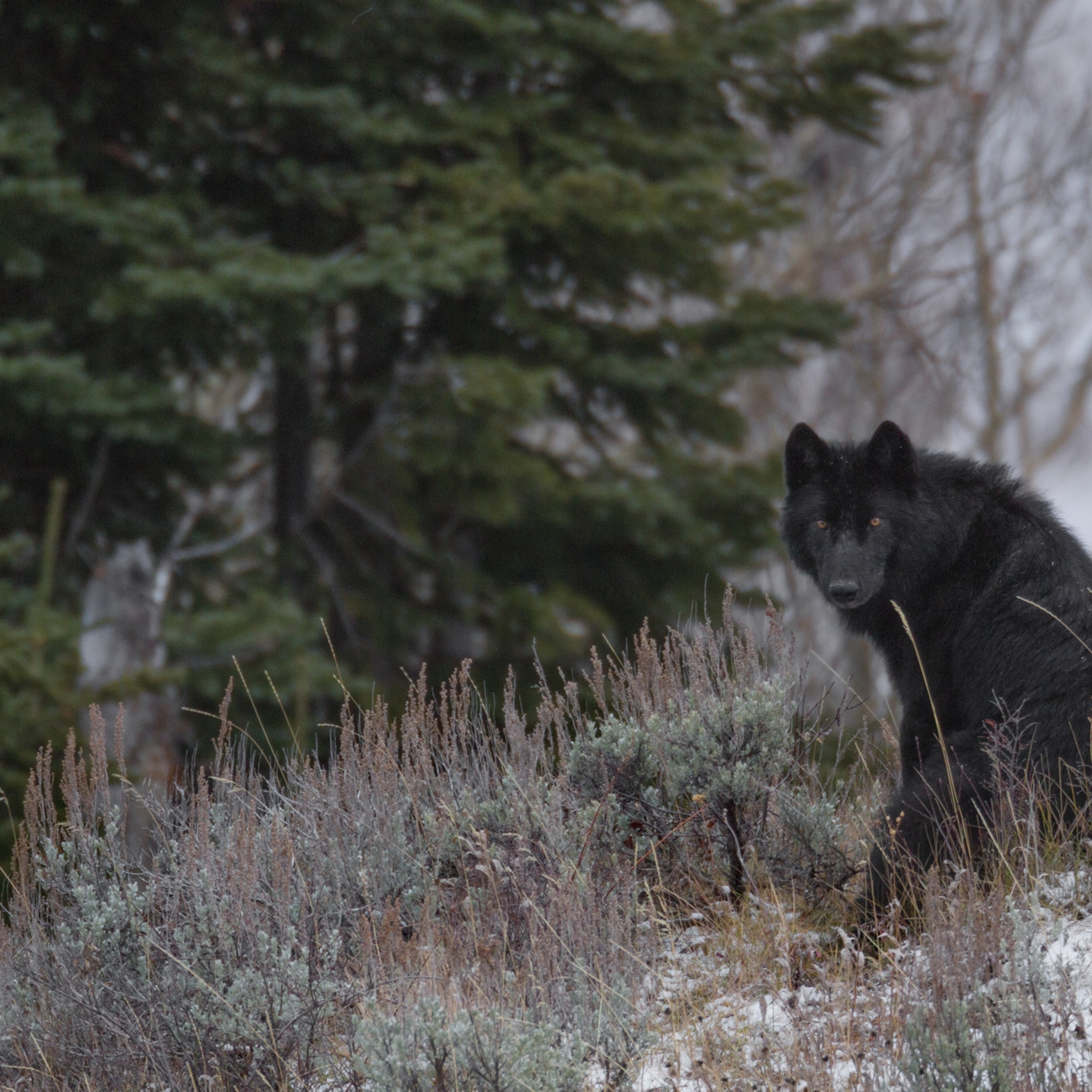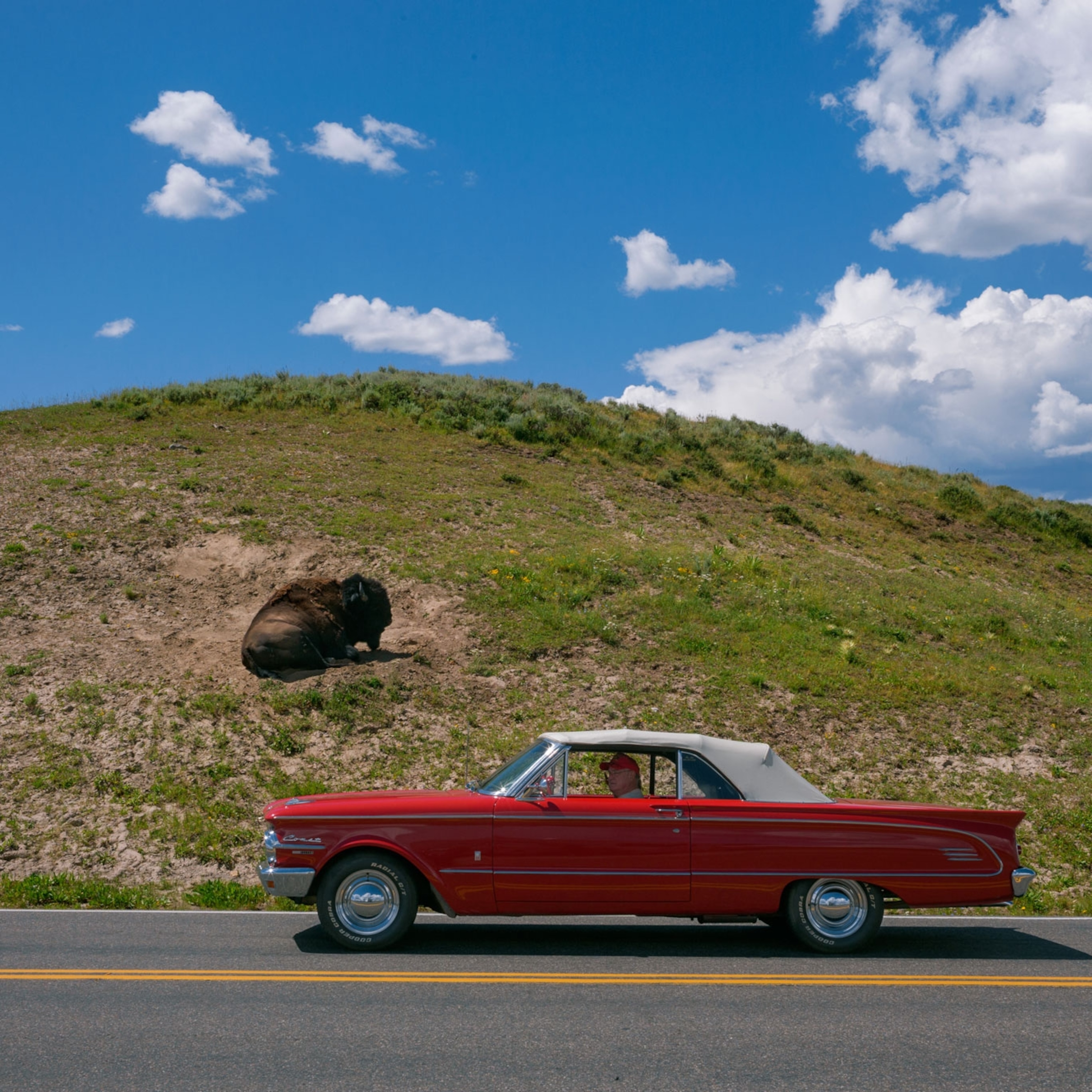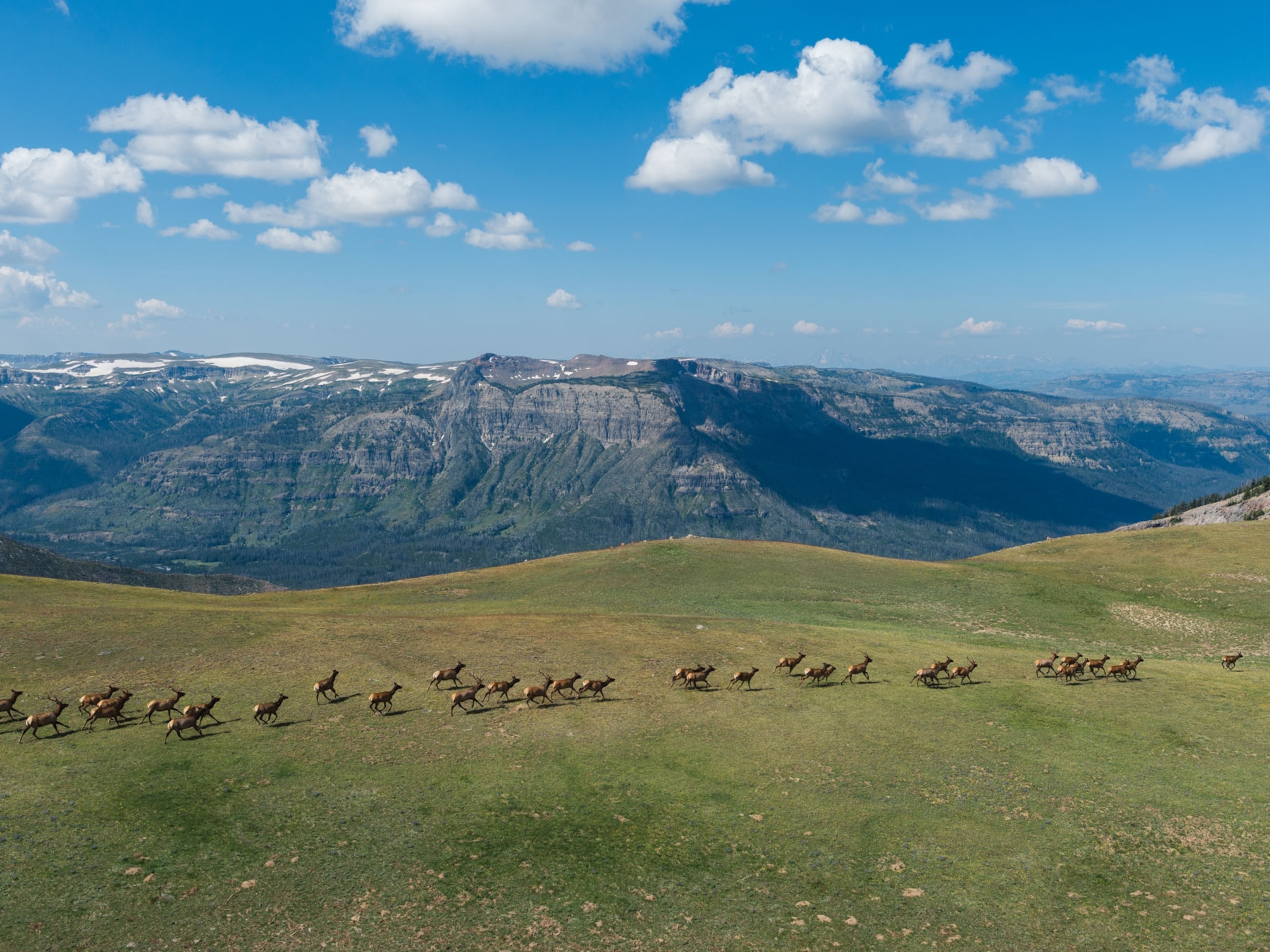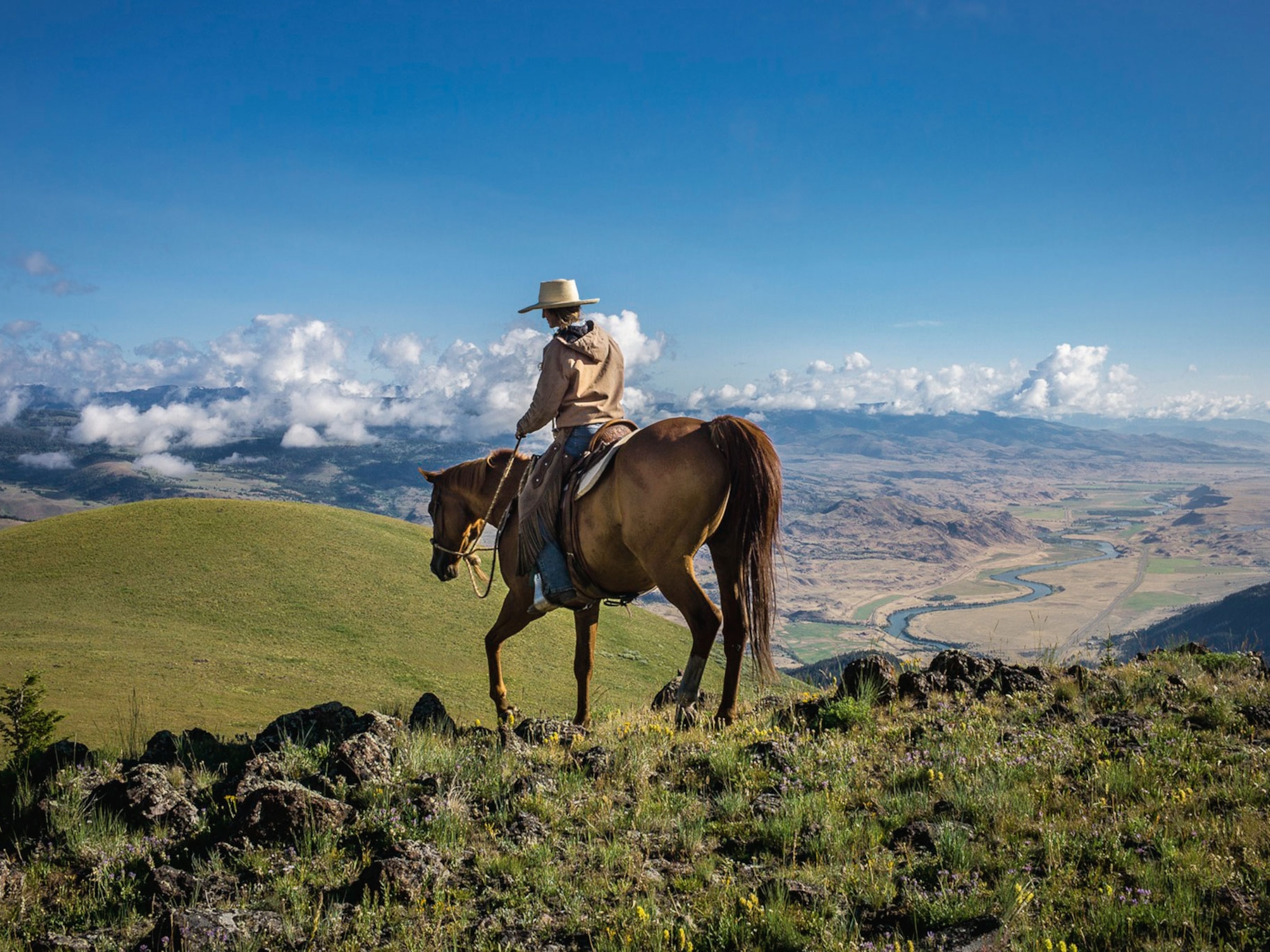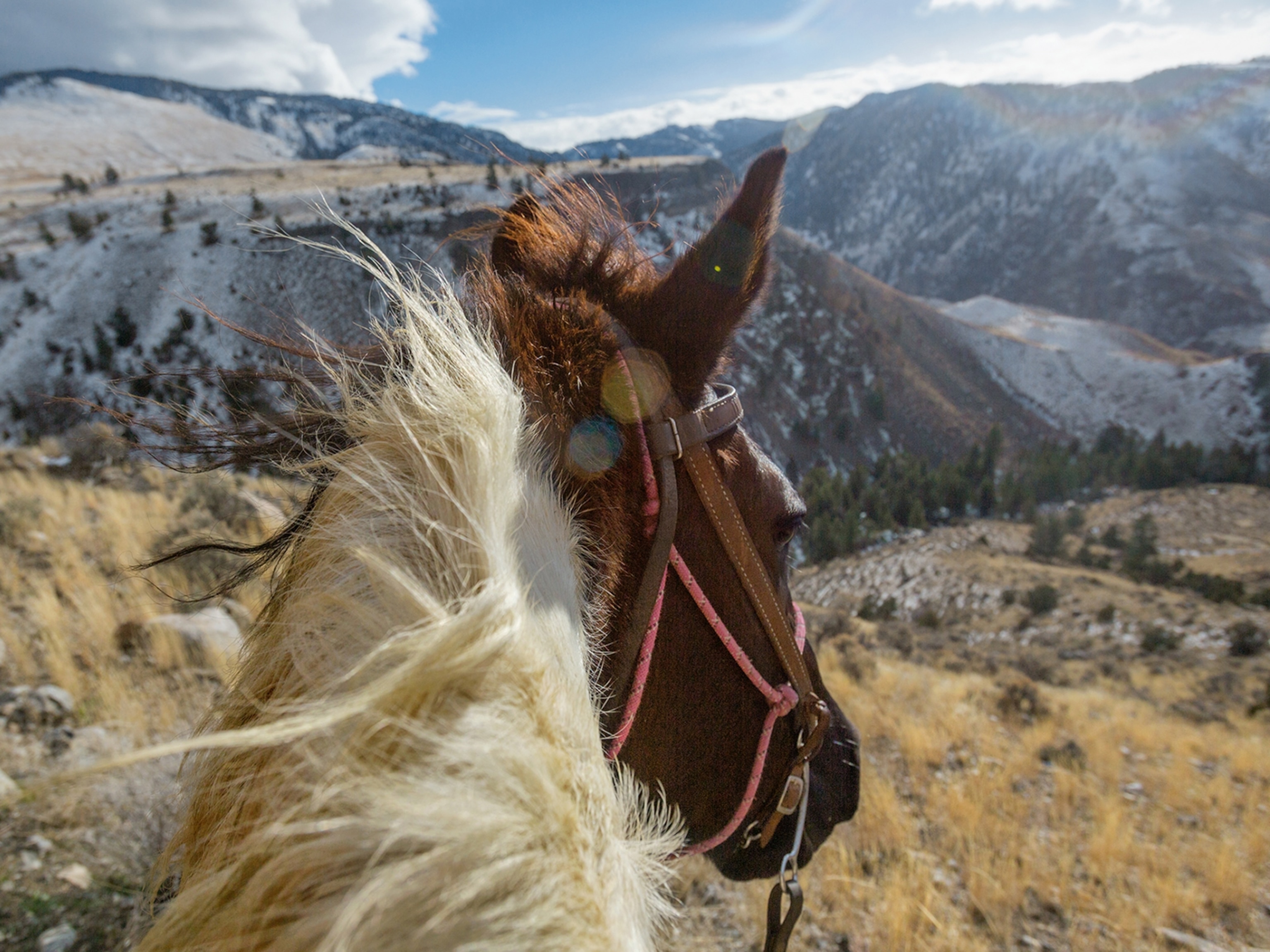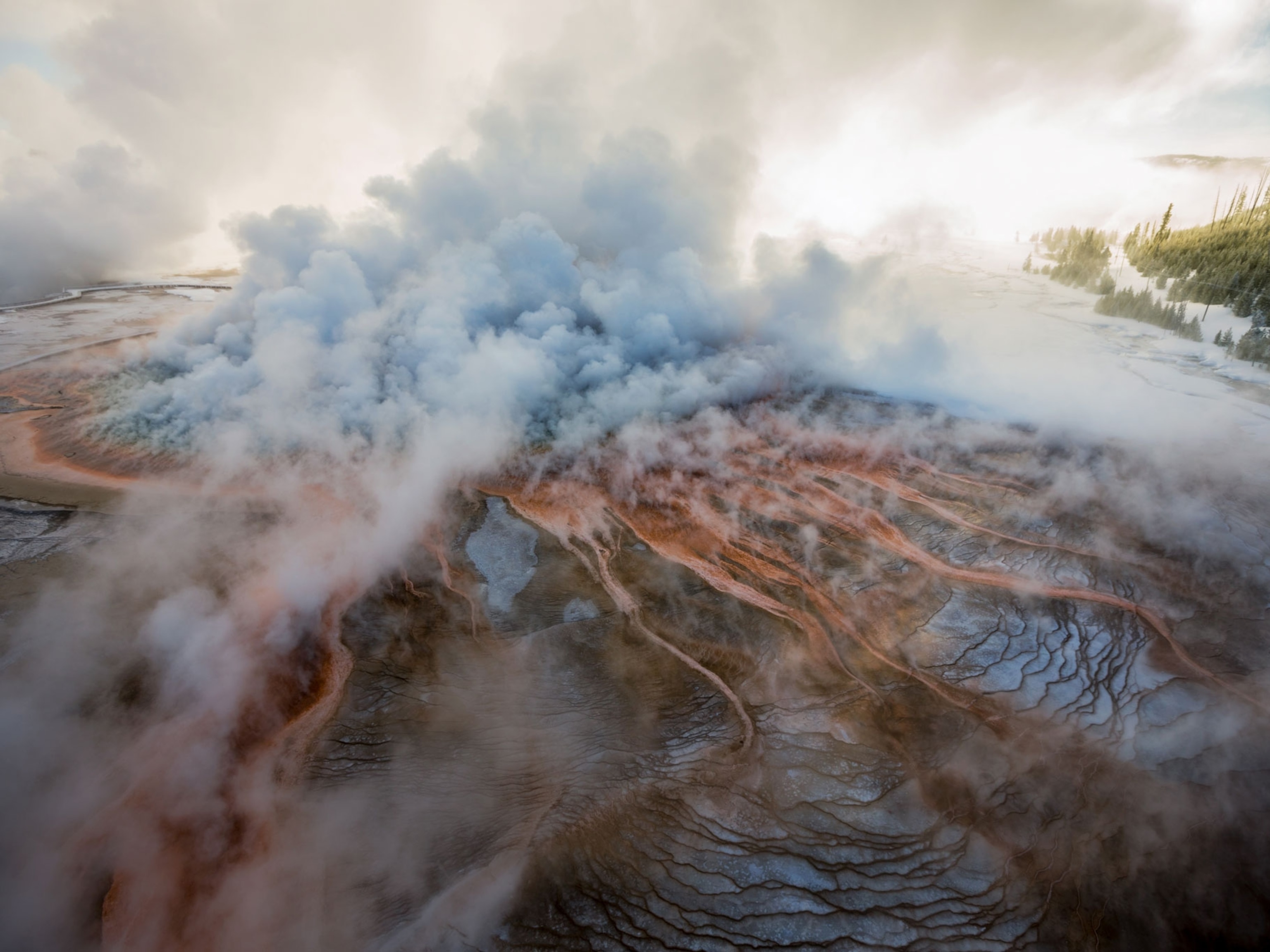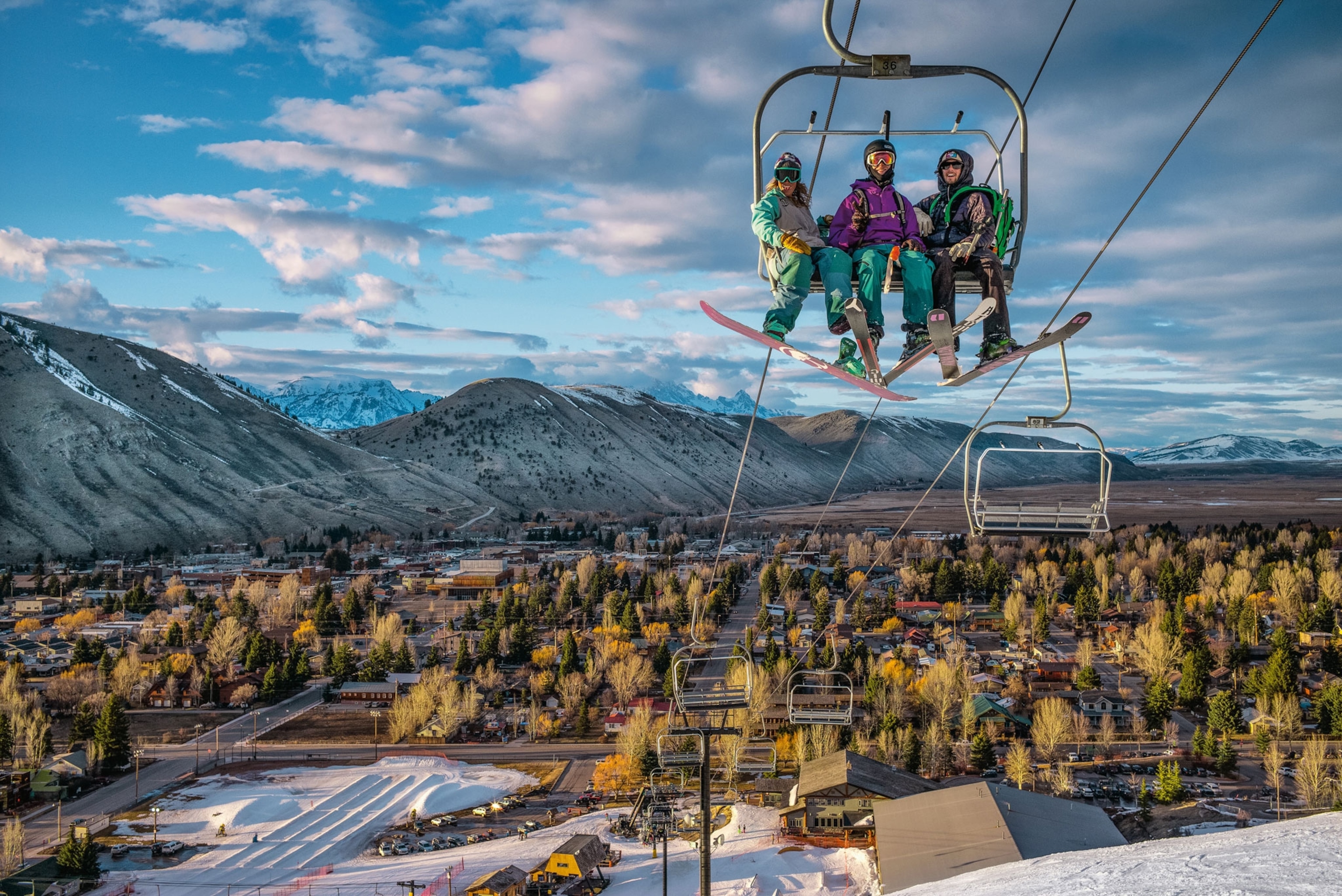
Booming Tourism Becomes a Stress Test for Yellowstone
As crowds soar, wildlife can suffer. And for the park's human visitors, the idea of getting away from it all gets tougher.
In the early 1990s Malcolm Wallop, then a U.S. senator from Wyoming, set out on a summer drive with friends in Yellowstone National Park. It wasn’t long before they were in traffic backed up for miles. The cause: a road construction project and countless “wildlife jams.”
The notion that gave birth to America’s first national park in 1872, “a public park or pleasuring-ground for the benefit and enjoyment of the people,” resided then and still resides in our collective consciousness: the idea of loading up the station wagon and making a pilgrimage to commune, peacefully, in nature. But what the senator experienced was closer to the reality, and embodies one of the biggest problems in Yellowstone today: wilderness contained, nature under management, wild animals obliged to abide by human rules.
Wallop sought a way to solve the problem. He returned to Washington, D.C., and got $300,000 in federal funds so that the National Park Service could study the feasibility of erecting monorails in America’s first national park.
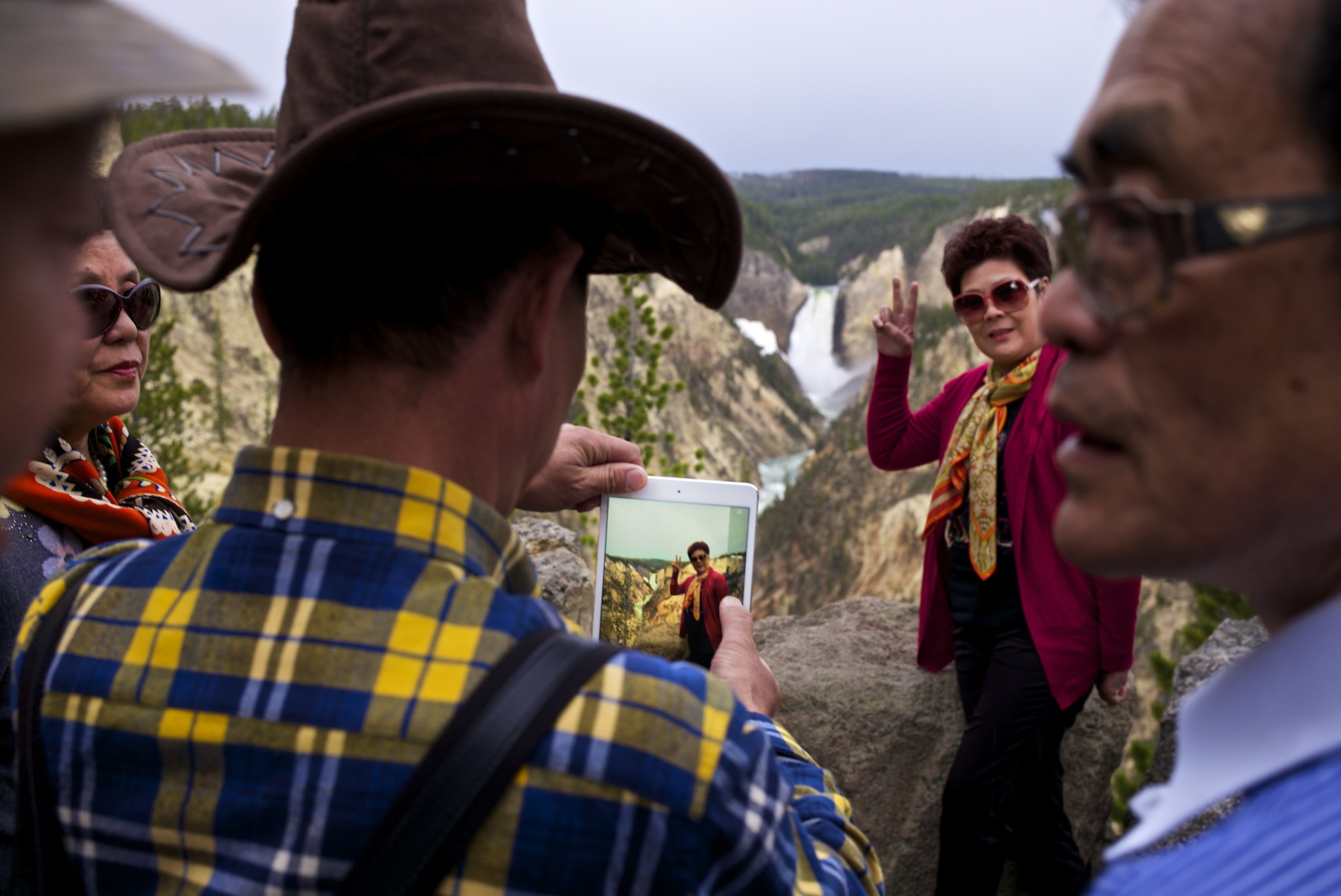
His bill called for the potential use of “air trains, magnetic levitation transportation” and other “environmentally cautious” ways to move people fluidly and safely through Yellowstone. “We should look at how Disney World moves vast numbers of people,” Wallop told me in 1991. “One thing Disney has been able to do that national parks haven’t is separate Americans from their cars and make them enjoy it.”
Although Wallop sometimes found himself at odds with environmentalists, his vision of an alternative to motor tourism won praise from the leaders of several conservation organizations. But Park Service planners declared the price tag—between $15 million and $25 million a mile for a monorail—too high. At the time the cost for repairs of each crumbling mile of Yellowstone’s 380-mile, two-lane highway system was one million dollars. In hindsight, the monorail may have been a bargain.
Today, a quarter century later, traffic problems have only worsened during the height of the summer vacation season, and Yellowstone’s roads are crumbling again. The estimated cost for required maintenance of Yellowstone structures and roads is a whopping $633 million. For Yellowstone’s neighbor to the south, Grand Teton National Park, the cost surpasses $200 million.
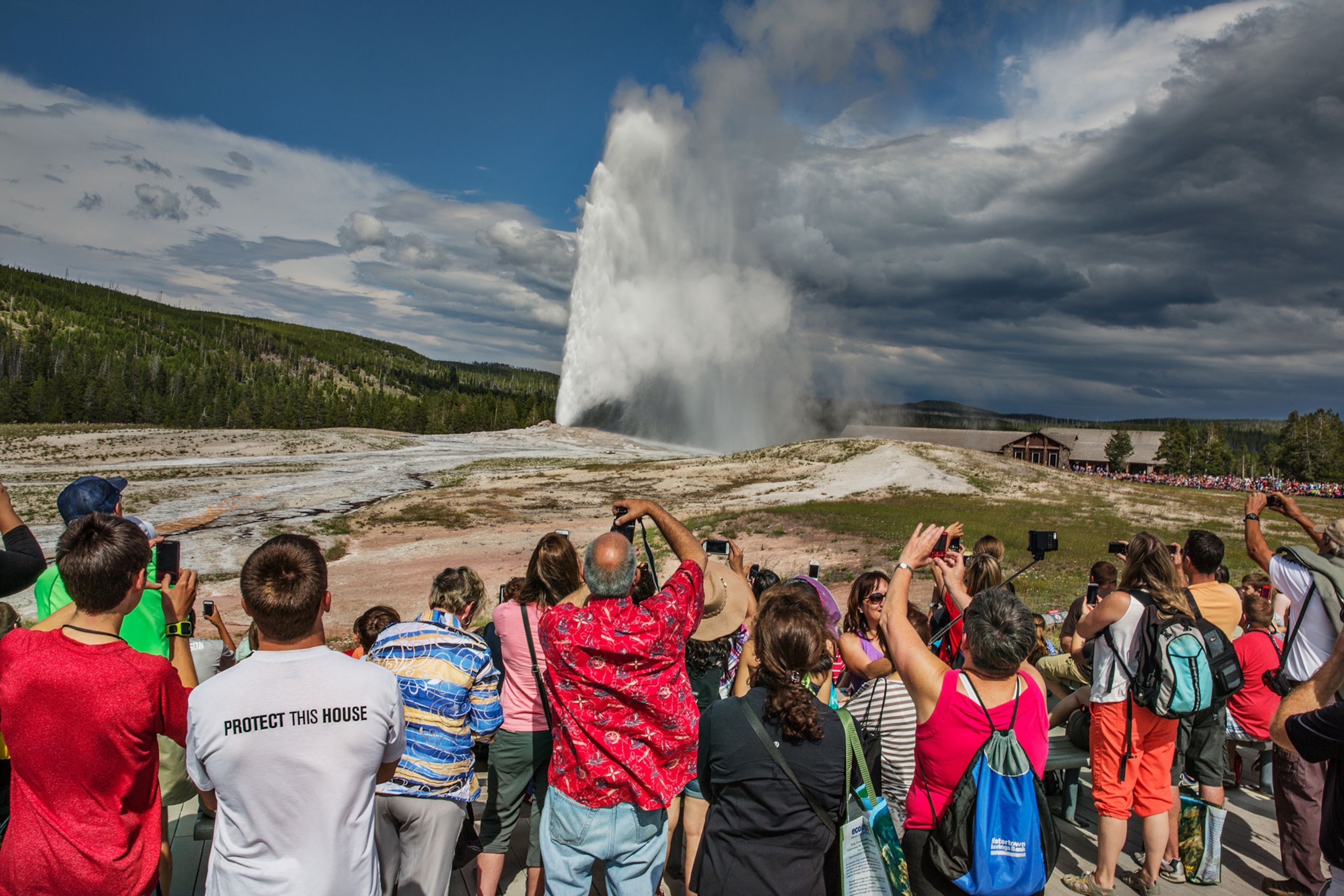
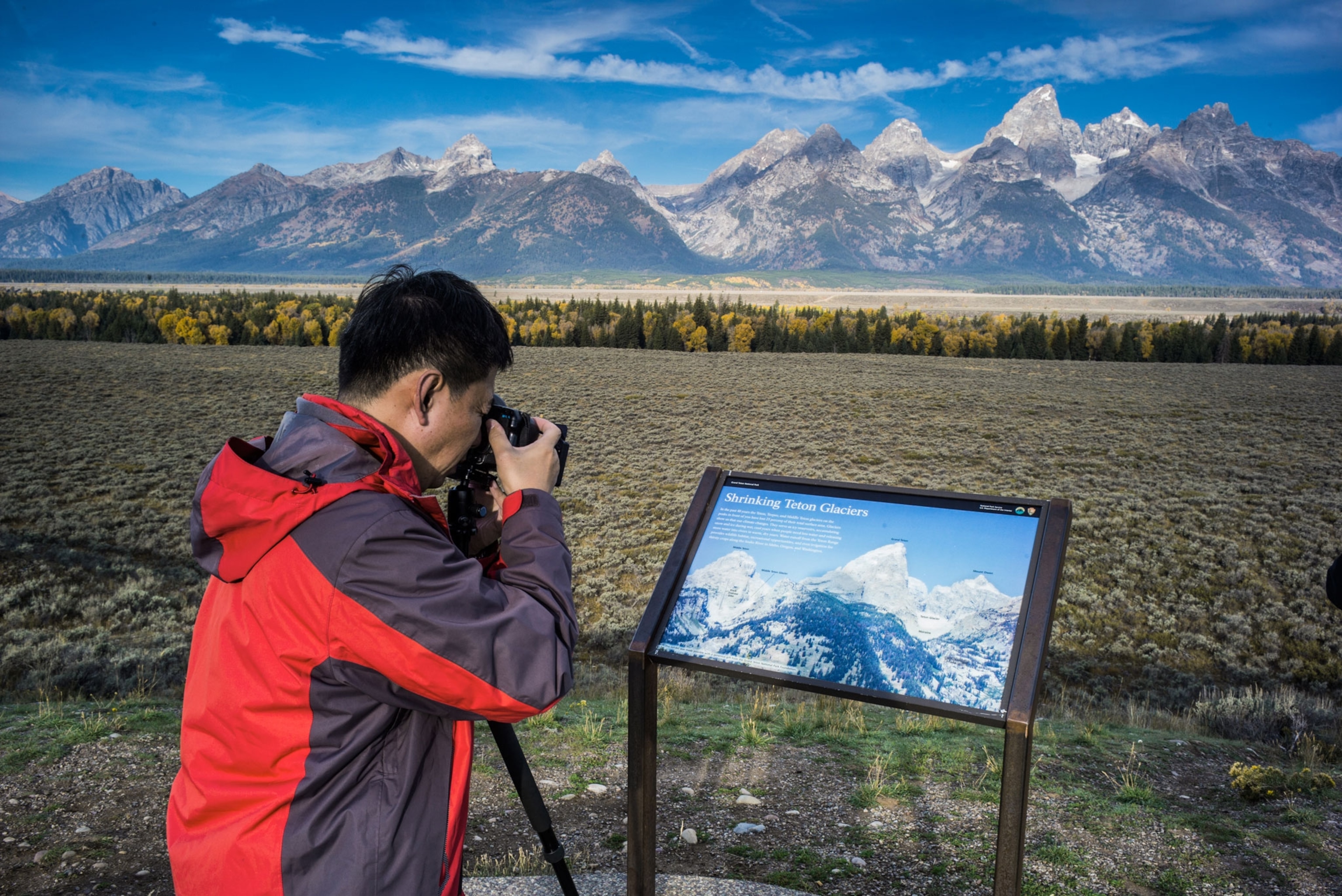
Boon and Bane
Travelers from near and far are descending on both parks in record numbers. Both notched record visitation last year—over four million—and the same is expected this year.
Here’s the good part: Government and independent economists have placed the combined value of nature-based tourism in Yellowstone and Grand Teton at close to one billion dollars annually. The main draw has always been bears, although as wildlife numbers declined through the first half of the 20th century, the marquee draws in the park became geothermal features, such as Old Faithful geyser.
Since the 1990s, however, with the reintroduction of wolves and a rebounding population of grizzly bears, the mystique of Yellowstone and Grand Teton as destinations for American wildlife safaris has grown. One study showed that visitors coming from outside the tri-state Greater Yellowstone region spend $35.5 million annually specifically to see wolves.
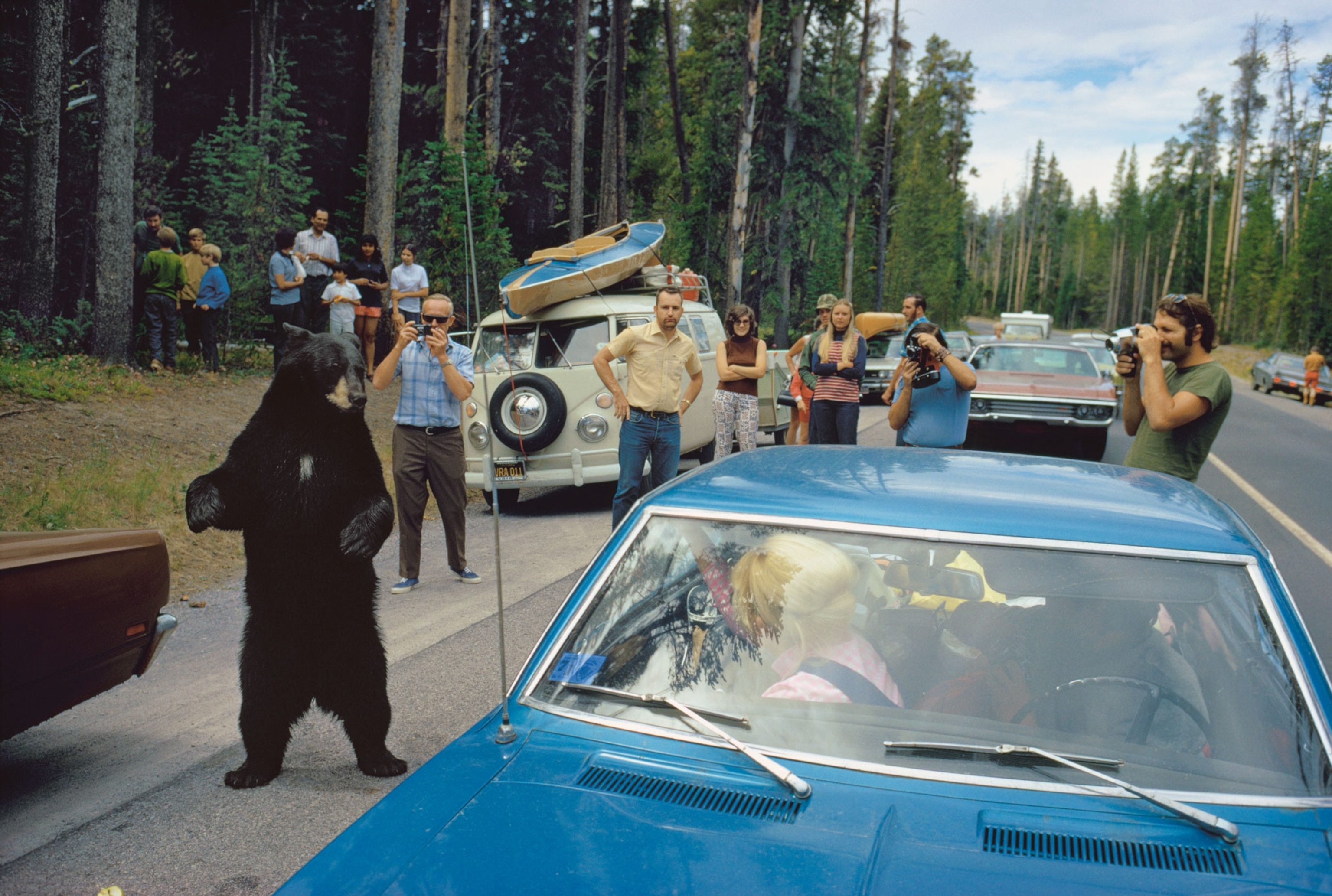
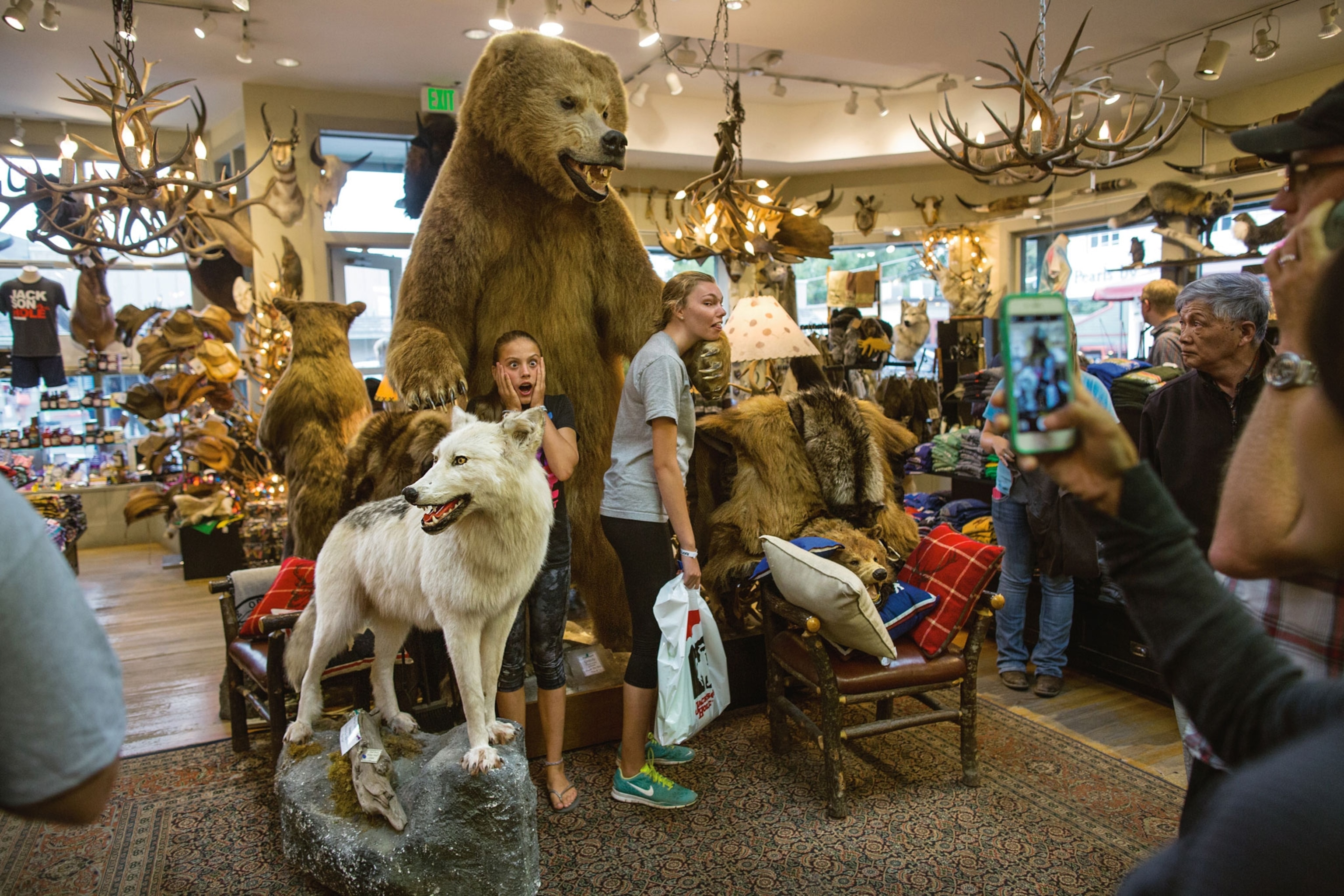
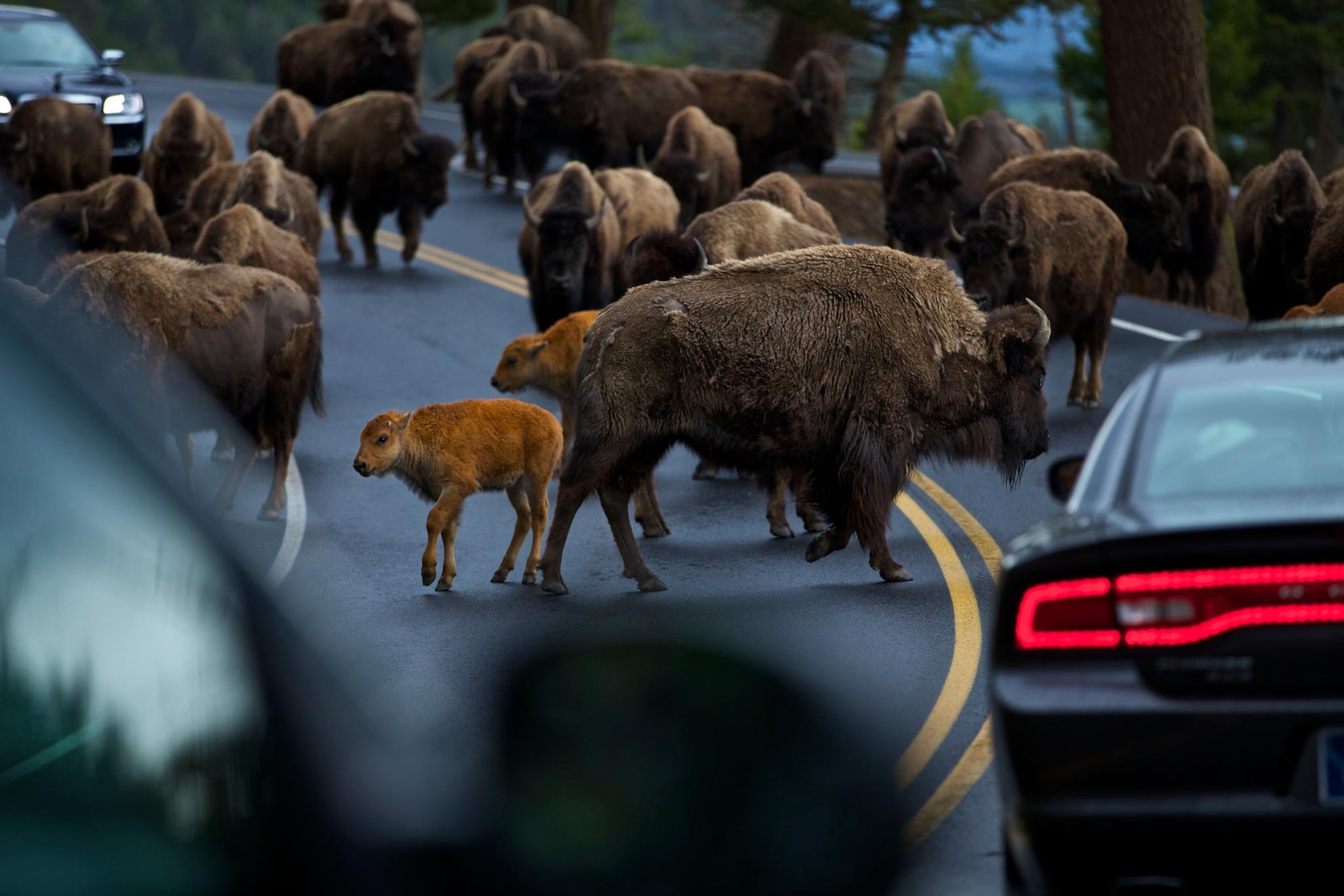
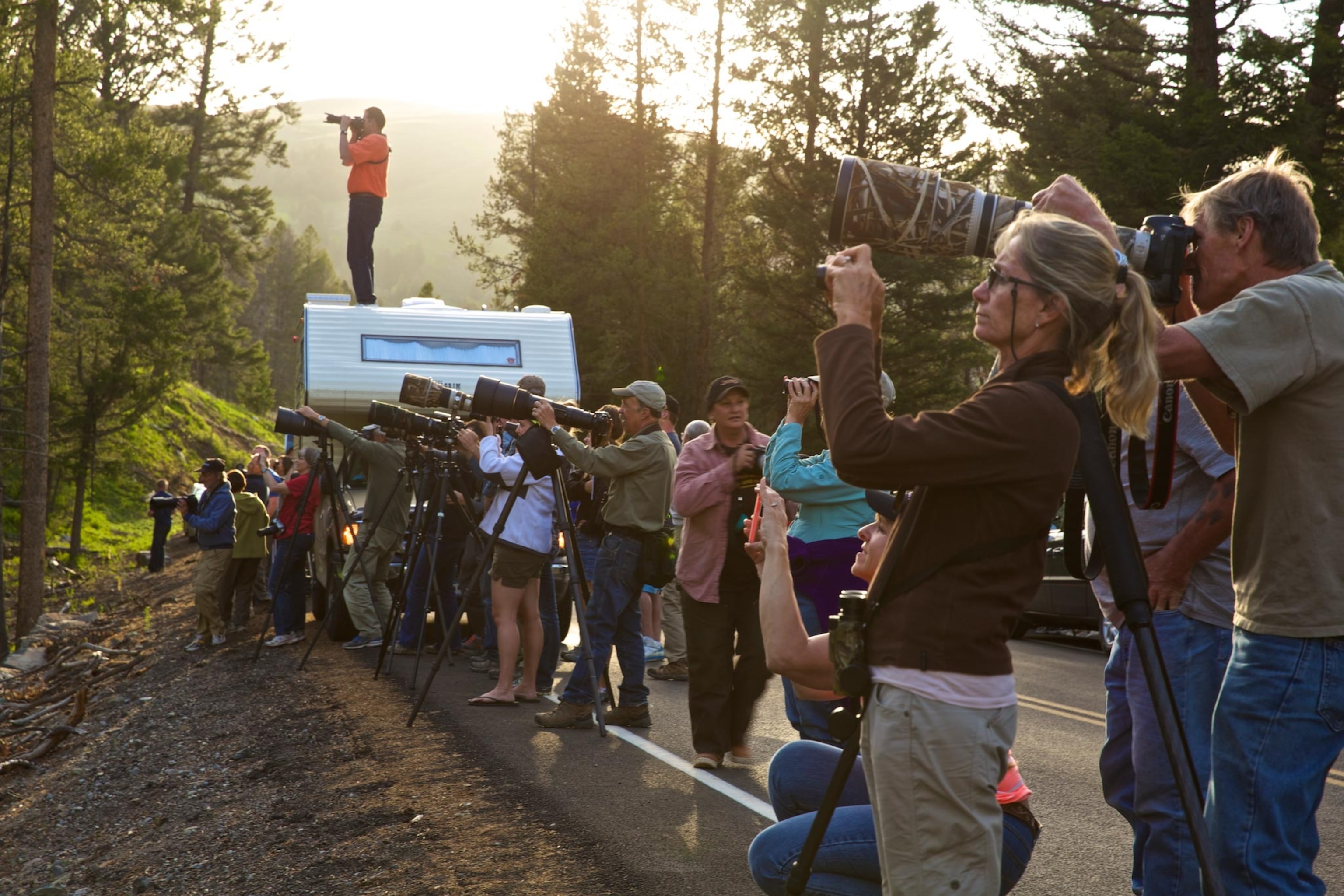
Another recent study showed that visitors to Yellowstone would be willing to pay an additional $41 on top of the $25 vehicle entrance fee to see roadside bears. In fact, hypothetically, if tourists had no chance of glimpsing bears along the roadside, annual visitation proceeds could drop by $10 million.
Economist Ray Rasker says the total value of nature-related commerce across the entire Greater Yellowstone area may be two or three times greater than that generated in the parks alone. As logging, mining, and livestock production have waned, many forms of outdoor recreation have soared. Property at the base of major downhill ski resorts has yielded billions of dollars in sales. In some of Wyoming’s national forests south of Yellowstone, success rates for hunters pursuing elk reached an eye-popping 45 percent. Statewide, revenue from elk licenses reached $10 million, and guides, hotels, and restaurants yielded millions more.
Too much love has its downsides, however. “Last year’s visitation tested the capacity of Yellowstone National Park,” says Superintendent Dan Wenk. “We are looking at ways to reprioritize in order to protect resources, provide additional ranger programs, and keep facilities clean.” Wenk says the time might be approaching when the number of people allowed to enter Yellowstone at any one time will need be limited, a tactic he knows would meet with stiff resistance.
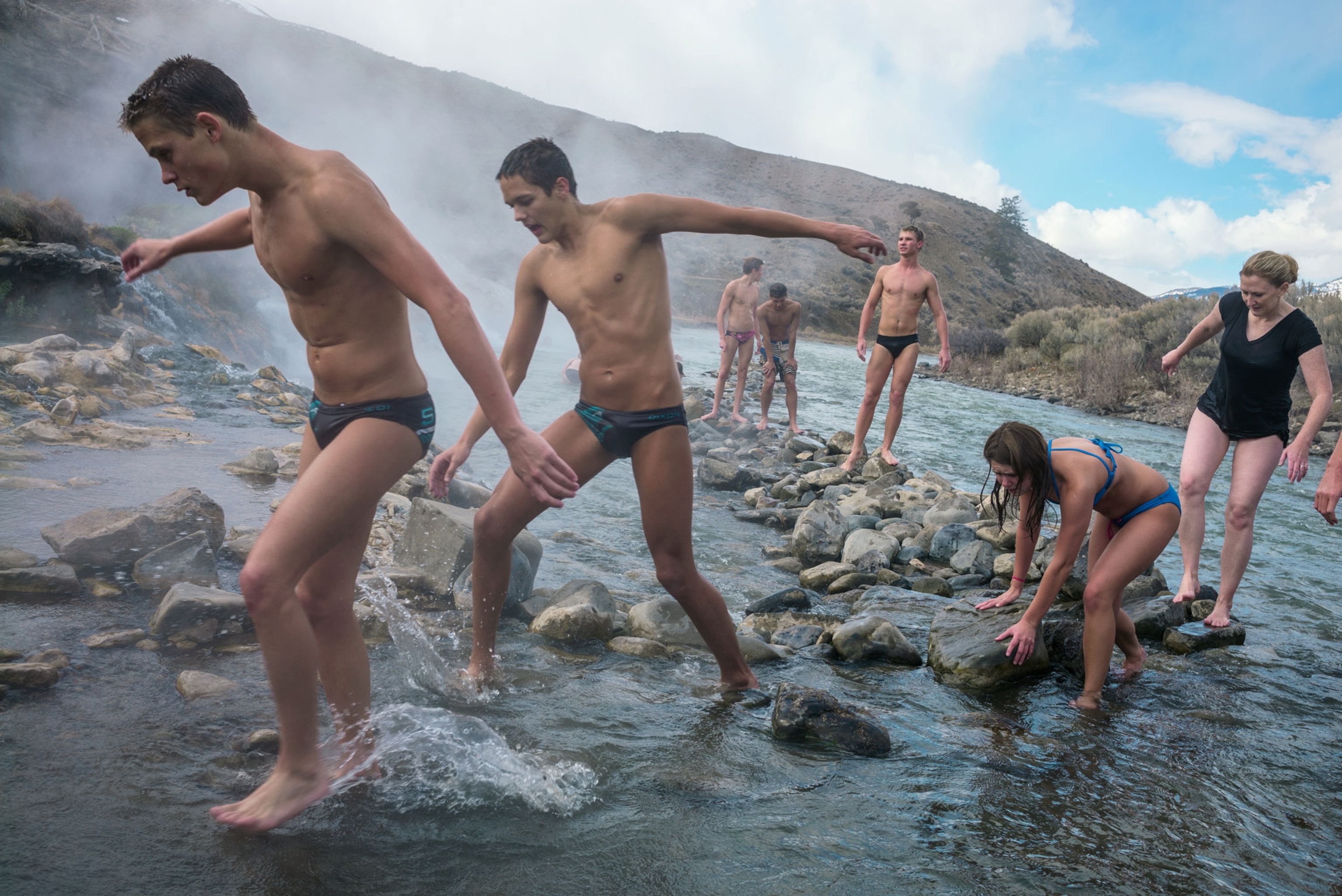
The surge in new forms of recreation is bringing with it a whole other set of impacts on wildlife: Skiers bomb down backcountry slopes where rare wolverines live; hikers, mountain bikers, and boaters frighten animals away from their habitats. Migration routes are blocked.
In Jackson Hole, where wildlife must navigate across landscapes spider-webbed with roads, at least 377 animals (including moose, elk, deer, and bears) were killed on highways in 2015, prompting calls for special wildlife crossings, such as bridges over roads or tunnels beneath them.
The northwest corner of Greater Yellowstone, which contains the headwaters of three famous trout-fishing streams—the Madison, Yellowstone, and Gallatin—has drawn so many anglers that quotas on numbers of fishermen have been considered for certain stretches of the water. Catch-and-release regulations, meaning anglers must put back the trout they catch, already exist on those rivers.
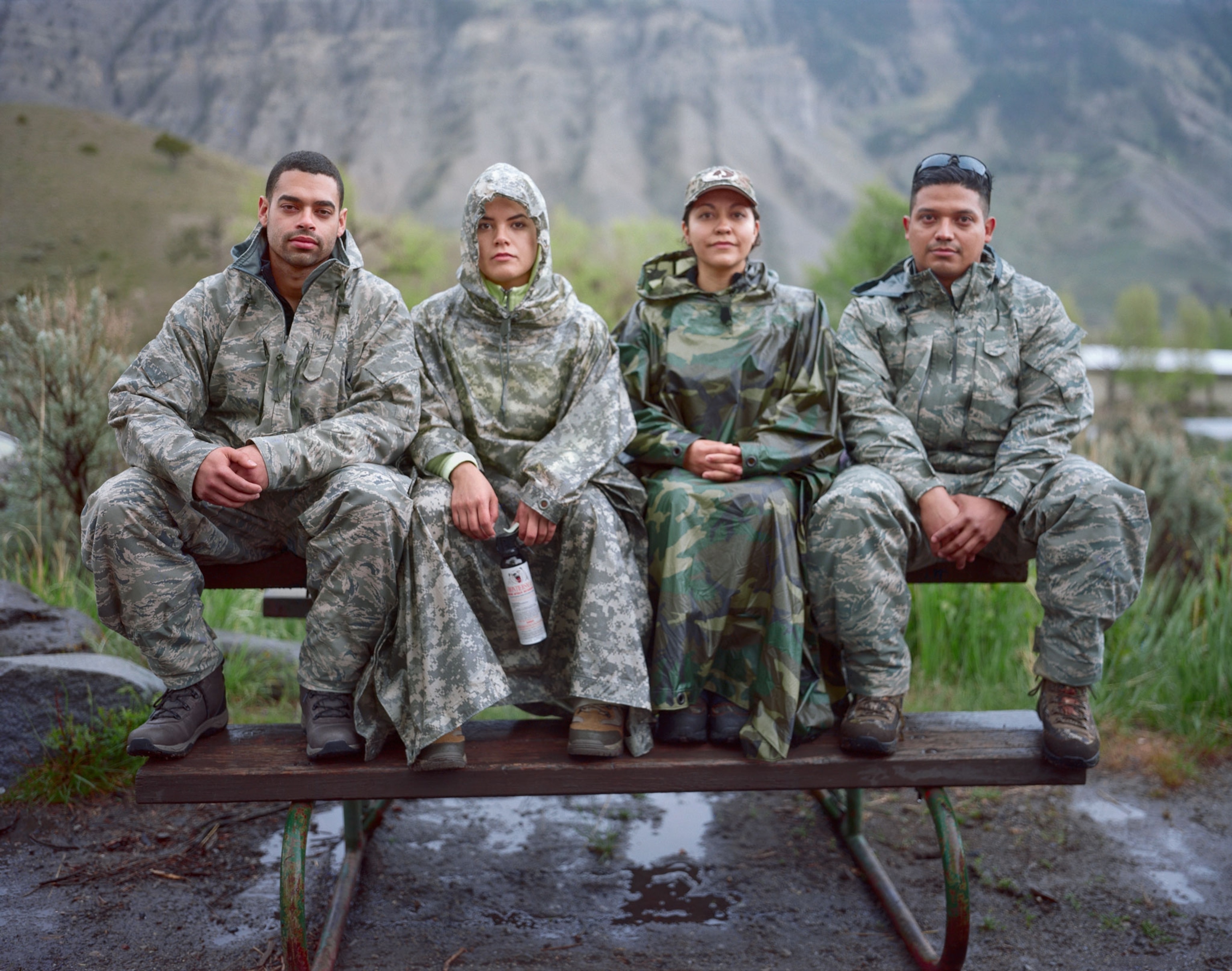
Tourism dollars represent a mighty engine for the regional economy, Rasker says, but so does people’s desire to play, work, and live close to protected public lands. One study found that for every 100,000 acres of protected public land in Greater Yellowstone and other nonmajor metro areas in the West, there has been a corresponding rise of $4,360 in per capita income.
In western rural counties with more than 30 percent of land safeguarded as national parks, federal wilderness, or national forests, job creation increased collectively by 345 percent over the past 40 years, compared with an increase in employment of 83 percent in similar counties with little or no protected federal land.
“The thing we need to figure out,” Rasker says, addressing the problems that arise when nature is threatened even as it drives economic growth, “is how to deal with an unprecedented wave of newcomers without turning Greater Yellowstone into the places people fled from—and want to leave behind.”
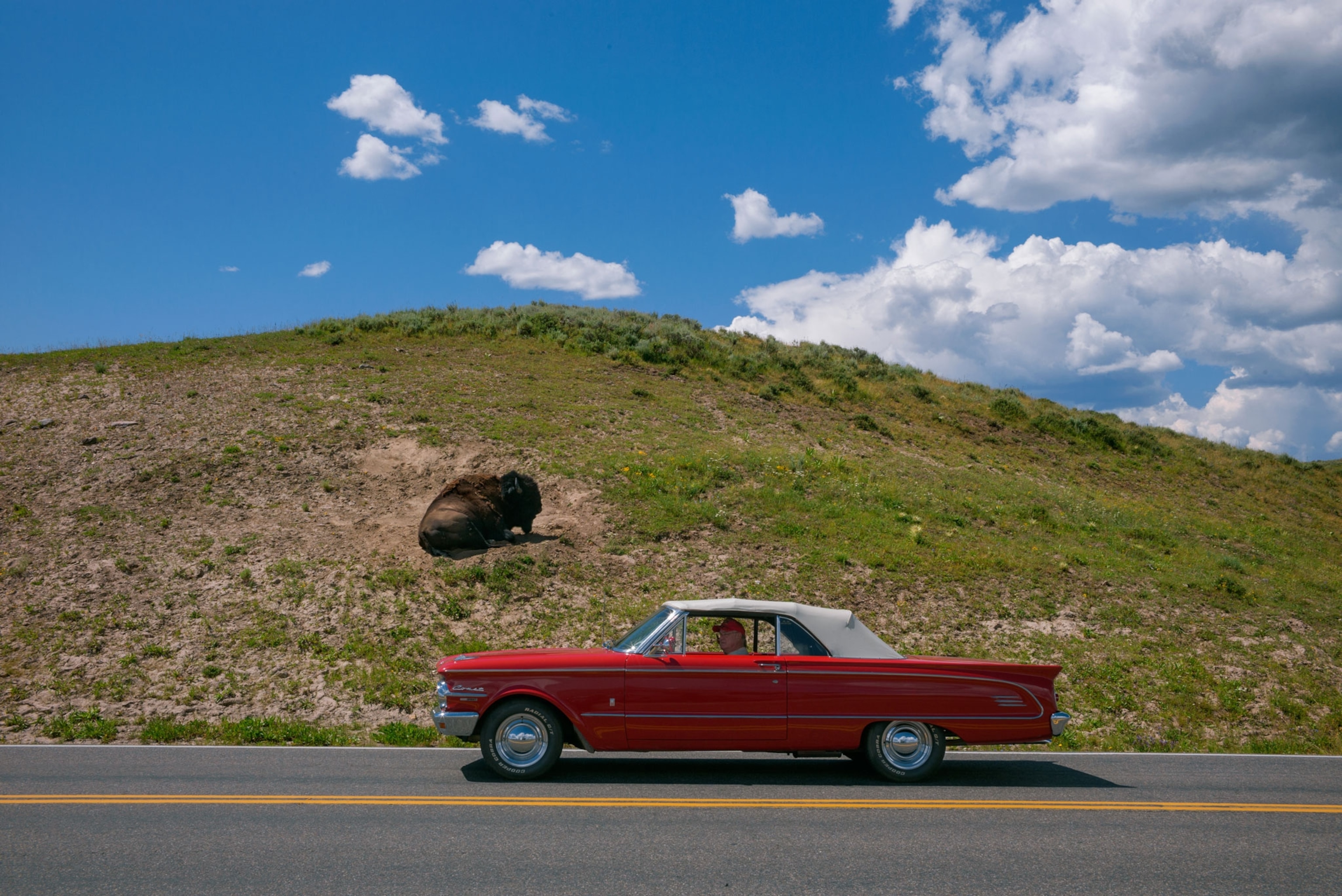
In a spectacular yearlong event, the National Geographic Channel series America’s National Parks will show you the parks’ natural wonders—both big and small—as you have never experienced them before. Learn more about the series.


